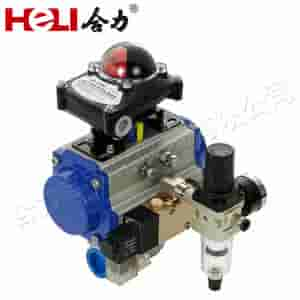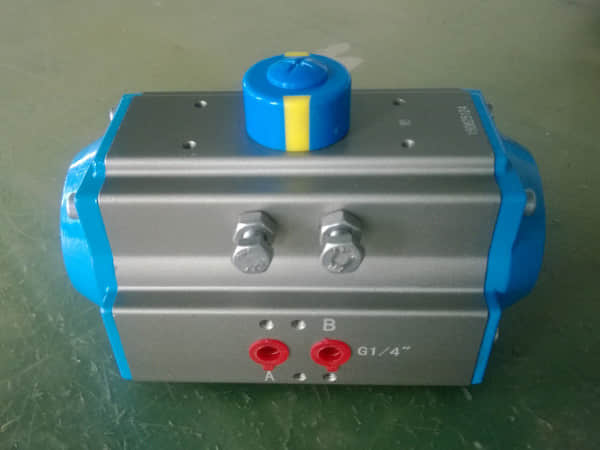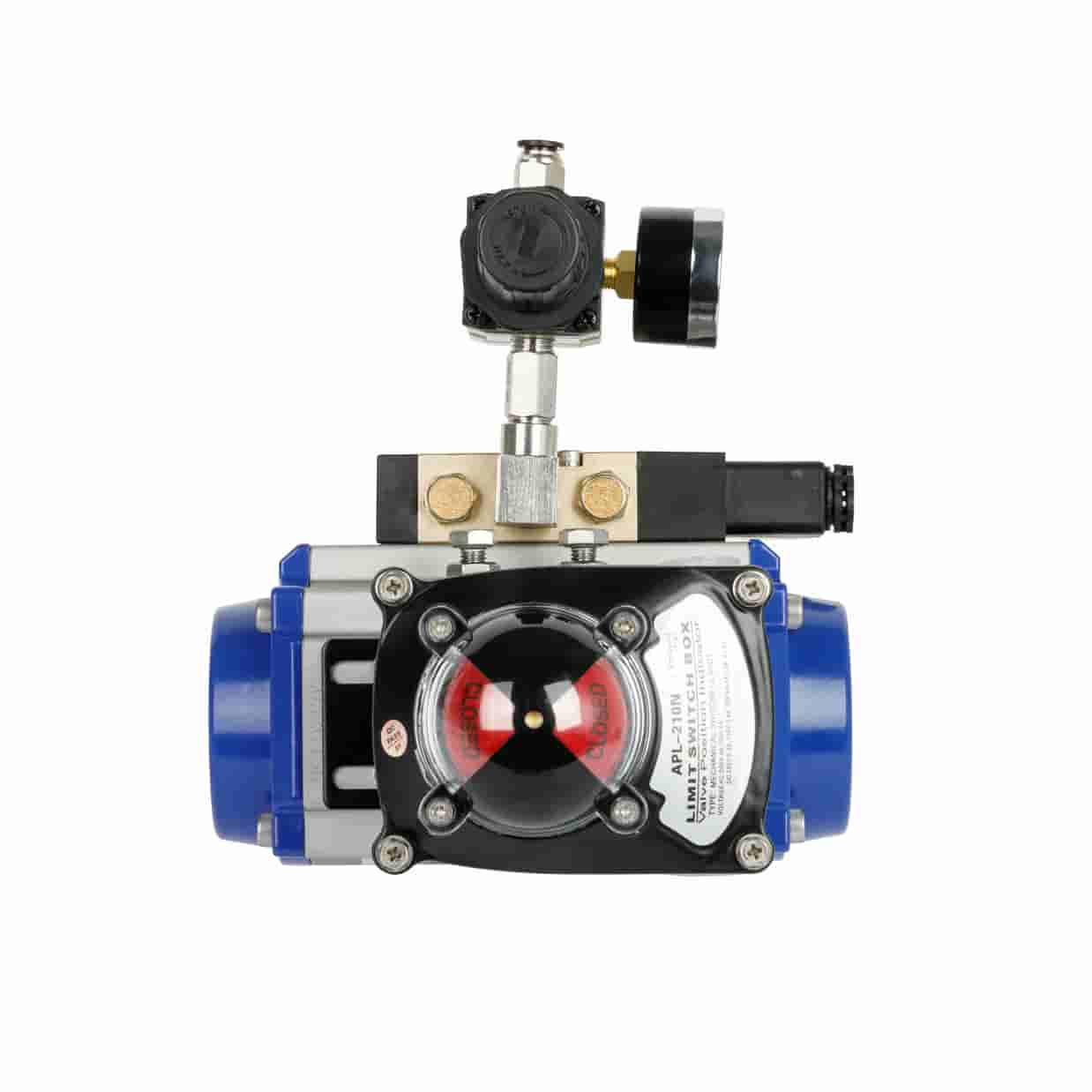understanding pneumatic actuators: mechanisms, applications, and benefits
Release time:2024-12-03 17:25:41
Pneumatic actuators are devices that convert compressed air into mechanical motion, playing a vital role in various industrial applications. They are widely used in automation systems for controlling valves, dampers, and other mechanical components. This article explores the mechanisms, types, applications, and benefits of pneumatic actuators, providing a comprehensive understanding of their importance in modern industry.

Mechanisms of Pneumatic Actuators

Pneumatic actuators operate based on the principles of fluid dynamics, specifically utilizing compressed air to generate force. The basic components of a pneumatic actuator include a cylinder, piston, and various seals and valves that control the flow of air. When compressed air is introduced into the cylinder, it pushes against the piston, creating linear motion. This linear motion can then be translated into rotary motion through additional mechanical components, depending on the actuator's design. The primary types of pneumatic actuators are:




